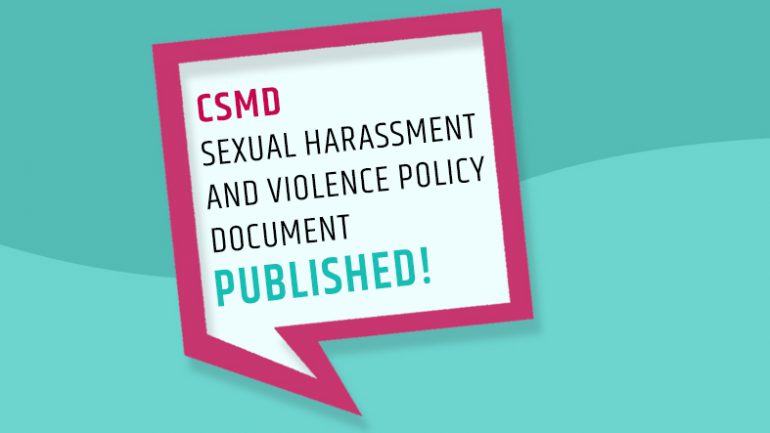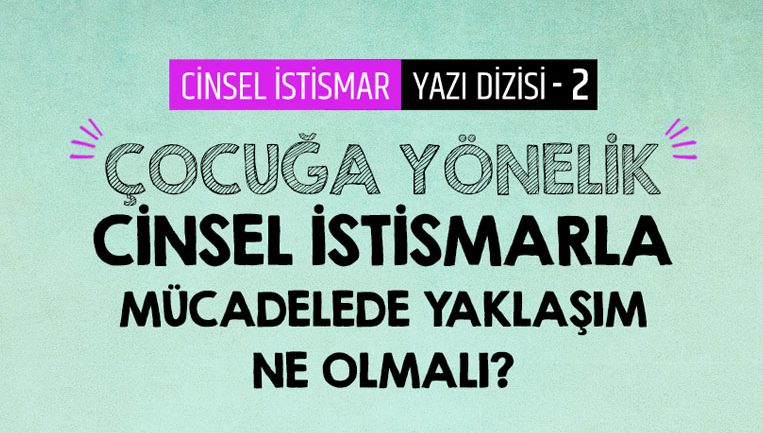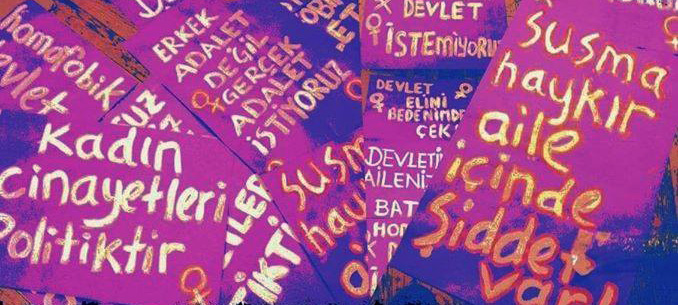SEXUAL ABUSE ARTICLE SERIES– 1
Sexual Abuse Against Children: Definition and Different Forms
Sexual abuse is a form of sexual violence
Sexual abuse; Sexual abuse is the sexual exploitation of individuals defined as children (every individual until the age of 18 is a child) under the international conventions and national legal texts, by someone the child is in a trust or power relationship with, and who assumes their own responsibility according to their age and level of development. Sexual abuse should not be mixed up with sexual games played out of curiosity amongst peers or with consentbased behaviours. In cases where it is not an adult who practices an abusive behaviour, but another child; it should be kept in mind that the perpetrator is also a child under the age of 18 and that they may also have been abused or may be abused. In these cases, their well-being should be observed and both children should be supported by a mental health specialist.
Sexual abuse is a form of sexual violence. Sexual abuse, like all other acts of sexual violence, is not about sexuality, but about the use of force and hierarchy. The person, who sexually abuses the child, performs the act of violence by abusing the child’s physical, emotional, cognitive weakness in terms of experience. Contrary to what is thought, the weakness of the child is based on the different emotional, cognitive levels and values socially assigned to them rather than physical differences. In societies where children are not seen as individuals, children’s rights are not provided, there is no access to comprehensive sex education, the children’s rights of bodily integrity and autonomy are unrecognized and the adults have intense authority over children, the children are more likely to be exposed to abuse, especially by persons close to them.
Sexual abuse can take many forms, by involving and not involving physical contact.
Sexual abuse does not only cover acts involving physical contact with the child’s body or genitals. If we approach the concept of sexual abuse from this perspective and think that there is no problem unless there is physical contact, this prevents us from recognizing other forms of sexual abuse. Therefore, it is important to know the other forms of sexual abuse which do not involve physical contact and that these acts are detrimental to the mental health of the child.
Types of sexual abuse involving physical contact:
- Touching any part of the child’s body and/or genitals,
- Forcing the child to touch another adult’s body and/or genitals,
- Cuddling, kissing, touching, humping for sexual pleasure,
- Oral and genital contact (oral rape),
- Rape, rape attempt,
- Genital mutilation (cultural mutilation imposed on child),
- Forced gender confirmation surgeries on intersex babies,
- Sexual abuse of the child through marriage (CEFM/building consent at an early age).
Types of sexual abuse not involving physical contact:
- Trying to date with the child,
- Meeting with the child, sending messages, establishing a relation, requesting photos over the internet,
- Making jokes and speaking (face-to-face or digital) with the child as having sexual tone,
- Ridiculing, flattering and shaming the child’s gender, body, genitals,
- Looking at the child’s body and/or genitals,
- Gazing and peeping the child (directly or via a camera on digital environments),
- Taking pictures or saving images of the child for personal enjoyment, storing and/or sharing them in various platforms,
- Forcing the child to touch their own body and/or genitals and watching them while doing so,
- Showing their own body and/or genitals to the child,
- Self-touching and letting the child watch this,
- Showing sexual images to the child, forcing them to watch such movies,
- Making the child witnessing a sexual intercourse,
- Commercial sexual exploitation of the child (using them in ads, digital sexual exploitation, etc.),
- Using the child in the production of pornographic materials; watching them, storing them as downloaded, disseminating them,
- Discourse and behavior that includes oppression and discrimination against the child’s gender identity, sexual orientation and gender expression.
It is the adult who must set the limits in the child’s relations to the adult.
Regardless of the fact that the child demands or initiates sexual act, enjoying this abusive behavior or this act occur in digital environment; such acts are still sexual abuse. Regardless of age (each human being below the age of 18 is a child), it is the adult who must set limits in the relationship between children and adults. Children should NEVER be held responsible for the acts of sexual abuse.
Regardless of the fact that the children do not file a complaint, that they do not define the act they experienced as abuse; the behavior they are subjected to is sexual abuse. The presence of a suspicion about sexual abuse is sufficient to file the necessary complaint. It should be kept in mind that it is not our duty to decide whether an act is a crime or not, but it is our responsibility to report it to the relevant authorities as soon as possible.






